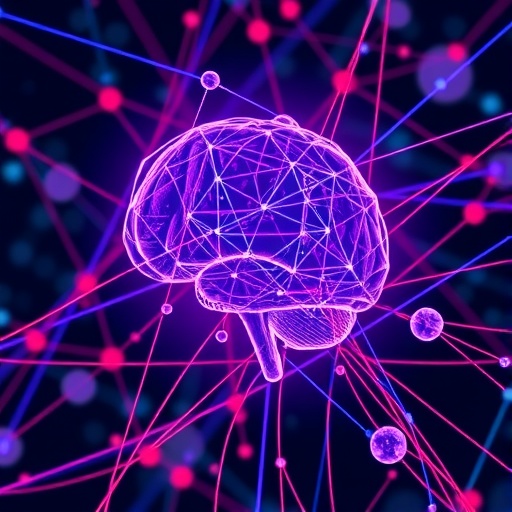In an era where technology permeates every facet of our lives, educational paradigms are also evolving rapidly. The integration of artificial intelligence (AI) in education has promised personalized learning experiences designed to cater to individual student needs. Recent research led by Ding et al. examines a novel approach to optimize personalized learning paths utilizing enhanced deep neural network structures. This study is pivotal as it not only addresses the challenges encountered in traditional learning systems but also proposes a sophisticated model that incorporates various aspects of learner behavior and cognitive style.
At the heart of personalized education lies the understanding that no two students are alike. Each student possesses a unique set of skills, preferences, and cognitive styles that influence their learning experience. Ding and his colleagues explore this individuality and utilize it to create tailored learning paths that maximize engagement and knowledge retention. Their research highlights that the reconciliation of learning styles and behavioral data could yield significant improvements in educational outcomes.
The conventional education model primarily adopts a one-size-fits-all approach, often neglecting the intrinsic variability among learners. This uniformity can lead to disengagement, especially among students who do not align with traditional teaching methods. Ding et al. argue that the implementation of AI, particularly deep neural networks, can transform this landscape by analyzing vast amounts of data on how different learners engage with material. By understanding students’ behaviors and cognitive inclinations, educators can curate content that resonates more profoundly with each learner.
Enhanced deep neural networks are pivotal in this research as they possess the capacity to process complex inputs and capture intricate relationships within data sets. The authors highlight the use of such networks to evaluate learner performance, adaptability, and preferences. These networks function by continually learning from data, allowing for adjustments in learning paths in real-time. Such adaptability is essential in maintaining a learner’s interest and promoting successful educational outcomes.
Another key aspect of the study is the focus on cognitive styles. These are pivotal in determining how individuals process information, and by integrating cognitive style assessments, the proposed model can distinguish among abstract thinkers, verbal learners, and visual learners, among others. Such distinctions enable a more nuanced approach to education, ensuring that instructional methods align with inherent learner traits.
The implications of this research are vast. Institutions that implement this adaptive learning model could witness significant advancements in student performance and retention rates. Engaging students by catering to their specific learning styles could ultimately lead to a more inclusive environment that celebrates diversity in learning. Moreover, such innovations could reduce dropout rates as struggling students receive tailored interventions rather than being left to navigate educational challenges on their own.
In addition to its practical applications, the study has academic merit as well. The research methodology employed by Ding et al. entails rigorous data collection and experimental validation. By testing their model in real educational settings, they provide empirical evidence supporting their claims. The rigorous analysis included pre- and post-implementation comparisons that showcase the profound impact of personalized learning pathways on academic performance.
A significant challenge in this field revolves around data privacy. The authors address concerns regarding the ethical implications of collecting and utilizing learner data. Their discussion includes how institutions can implement this technology responsibly, ensuring that student information is anonymized and used solely for educational improvement. This ethical approach will be vital in garnering trust from both students and educators as the AI-driven educational landscape evolves.
As we look to the future, the research by Ding and colleagues underscores a pivotal shift in educational practices. With the boundaries between technology and education increasingly blurred




